The Gissing family of Great Britain included several noted writers, Olympic competitors, and teachers.
The Gissing family of Great Britain included several noted writers, Olympic competitors, and teachers.
George Robert Gissing (1857–1903) was an English novelist, some of whose work has appeared in many editions, including The Nether World (1889), New Grub Street (1891) and The Odd Women (1893).
Algernon Fred Gissing (1860–1937) was an English novelist and the younger brother of George Robert Gissing.
Alfred Charles Gissing (20 January 1896 (Epsom, Surrey) – 27 November 1975 (Valais, Switzerland), was an English writer and headmaster, the youngest son of George. After the early death of their father on 28 December 1903, Walter Leonard (born at Exeter on 10 December 1891 [1] ) and Alfred Charles, benefited from a small government pension. The following report was published in The Times newspaper for 24 June 1904:
"A pension of £74 a year has been granted to Mr. Walter Gissing and Mr. Alfred Gissing during the minority of either and in recognition of the literary merits of their late father, Mr. George Gissing and of their straitened circumstances."
At the time, Walter was a boarder at school in Norfolk, and Alfred had moved in 1902 to live with foster parents, a Mr and Mrs Smith who were farmers at Treverva Farm, Mabe, near Falmouth, Cornwall. [2] Alfred lived with them until he left school. Like his brother Walter, Alfred went as a boarder to Gresham's School, Holt. [2] He was there between 1910 and 1914, becoming a House Prefect. [2]
While at Gresham's School, Alfred had been in the junior division of the Officers' Training Corps from January 1910 to August 1914, when, with war apparent, he volunteered to join the British Army. As a member of the British Red Cross Society & Order of St John, he first served in France as Orderly with the Friends Ambulance Unit, Dunkirk, from 2 October 1915 until early December 1915. [3]
On 10 December 1915, he filed an "application for appointment to a temporary commission in the regular army for the period of the war". As he was under 21 years of age, the application had to be signed by his guardian, Clara Collet, who took care of him after his father's death. Alfred was commissioned as a second lieutenant in the Royal Garrison Artillery on 16 December 1915, and promoted to lieutenant on 7 July 1917. [2] [4] He was in India when the news reached him of his brother Walter's death at Gommecourt during the Battle of the Somme on 1 July 1916. [2] [5]
After the end of the war, Alfred Gissing remained in the army, serving in Iraq and then working for the Inter-Allied Press Censorship Committee in Constantinople [6] between May 1919 and February 1920. He was demobilised on 5 March 1919 and resigned his commission in the Special Reserve on 28 April 1920, leaving the service with the rank of lieutenant. [7]
In the 1939 Register he described himself as a writer & Air Raid Warden (A.R.P.), living with his wife in Croft Cottage, Barbon, South Westmorland R.D., Westmorland. [8] Despite his military experience and while he was still in his early forties at the beginning of the Second World War, Alfred Gissing did not seem to have joined the Army or the Home Guard and nothing is known of his activities during that time. [9]
At about the time he left the army, Alfred Gissing assumed his father's posthumous interests from Algernon Gissing, and he went to live at Fernleigh, St Mark's Avenue, Leeds, Yorkshire, which had been Margaret and Ellen Gissing's home. He began to develop a collected edition of his father's works and to correspond with publishers and collectors as literary executor.
From 1924 until 1927, he lived in Richmond, Surrey. He wrote a preface for A Victim of Circumstances by George Gissing (Constable and Dutton, 1927), a collection of his father's short stories, and he edited a compendium of his father's work, Selections Autobiographical and Imaginative from the Works of George Gissing (Jonathan Cape, 1929).
Alfred Gissing sold a number of his father's literary papers, often not using his own name in doing so. [10] The critic Bouwe Postmus speculates that he felt guilty about these sales. [10] In his own right, Alfred Gissing wrote biographies. He wrote a 600-page unpublished biography of his father and several other shorter accounts, also unpublished. [2]
On 26 July 1938, he married Frances Muriel Smith, a 32-year-old widow whose maiden name was Braham, in Broadway, Gloucestershire. They had three children, Michael, Charles William (who died in infancy), and Jane—who became a British Olympic skier. After the Second World War, Alfred settled at Salvan in the Swiss canton of Valais, an area well known to George Gissing, where Alfred founded and ran an English school for children displaced by the war, subsidised by UNESCO. [2] The Alfred Gissing family moved to Les Marécottes, near Salvan, where they purchased a hotel in 1951, and remained there for the rest of his life. Alfred died and was buried at Salvan in 1975. [2]
Alfred Gissing's daughter, Jane Eleanor Margaret Gissing (married: Pétremand-Besancenet) (born 9 June 1943 in Leeds, UK), is a British Olympic level skier who took part in the World Championships in 1962 in Chamonix (France) and who was also part of the British team at the 1964 Winter Olympics, [12] held in Innsbruck, Austria. She is the granddaughter of Victorian novelist George Gissing.[ citation needed ]
Estelle Eleanor Pétremand-Koszali (born on 8 February 1970), Jane's daughter, was an Alpine skier who was a member of the Swiss Ski Team and competed at the World Cup level. She is married to Pierre Koszali, a Hungarian Alpine skier who took part in the Olympics in 1992 in Albertville, France, and competed in two World Championships. Her son Zac Jonathan Koszali, born on 19 May 2005, is also an Alpine skier athlete in Switzerland.[ citation needed ]

Sir Anthony Hope Hawkins, better known as Anthony Hope, was a British novelist and playwright. He was a prolific writer, especially of adventure novels but he is remembered predominantly for only two books: The Prisoner of Zenda (1894) and its sequel Rupert of Hentzau (1898). These works, "minor classics" of English literature, are set in the contemporaneous fictional country of Ruritania and spawned the genre known as Ruritanian romance, books set in fictional European locales similar to the novels. Zenda has inspired many adaptations, most notably the 1937 Hollywood movie of the same name and the 1952 version.
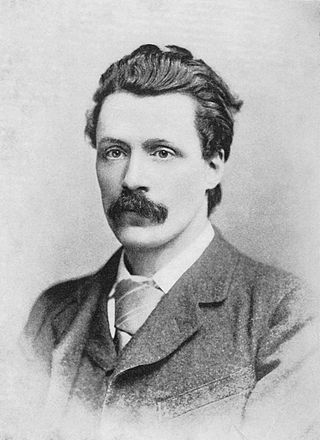
George Robert Gissing was an English novelist, who published 23 novels between 1880 and 1903. His best-known works have reappeared in modern editions. They include The Nether World (1889), New Grub Street (1891) and The Odd Women (1893).
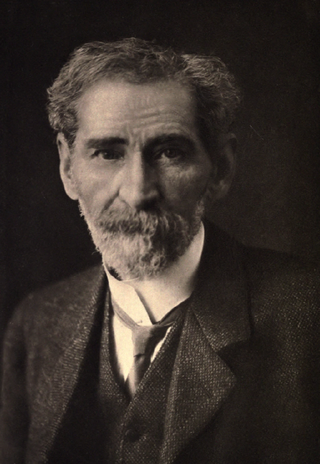
William Henry Hudson – known in Argentina as Guillermo Enrique Hudson – was an Anglo-Argentine author, naturalist and ornithologist.

Sir Walter Besant was an English novelist and historian. William Henry Besant was his brother, and another brother, Frank, was the husband of Annie Besant.
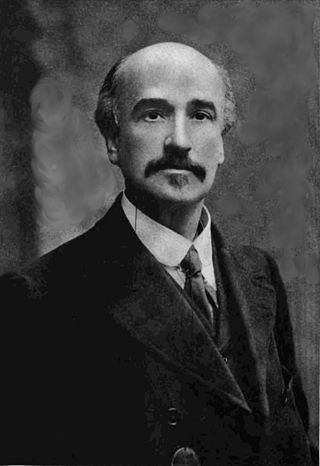
John Davidson was a Scottish poet, playwright and novelist, best known for his ballads. He also did translations from French and German. In 1909, financial difficulties, as well as physical and mental health problems, led to his suicide.
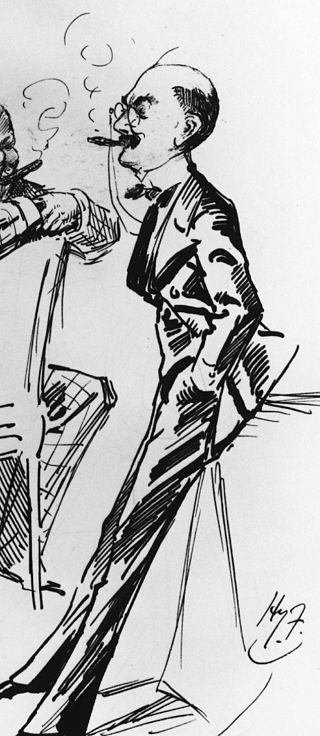
Thomas Anstey Guthrie was an English writer, most noted for his comic novel Vice Versa about a boarding-school boy and his father exchanging identities. His reputation was confirmed by The Tinted Venus and many humorous parodies in Punch magazine.
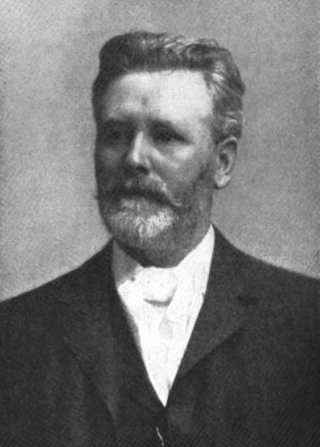
William Canton was a British poet, journalist and writer, now best known for his contributions to children's literature. These include his series of three books, beginning with The Invisible Playmate, written for his daughter Winifred Vida (1891-1901). The book was read by the late nineteenth century English novelist George Gissing on New Year's Eve 1895. In his lifetime Canton was known for his use of recent archeological evidence of prehistory in his poetry.
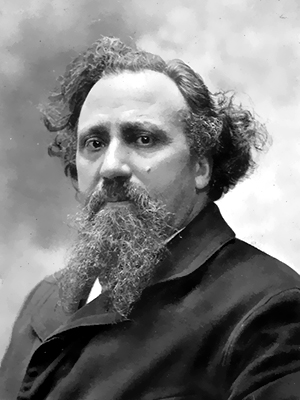
Salvatore Farina was an Italian novelist whose style of sentimental humor has been compared to that of Charles Dickens. He was nominated for the Nobel Prize in Literature three times.
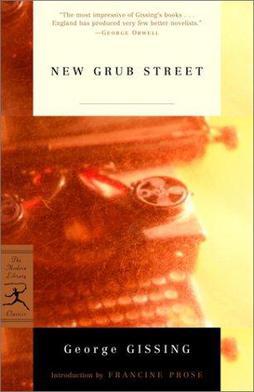
New Grub Street is a novel by George Gissing published in 1891, which is set in the literary and journalistic circles of 1880s London. Gissing revised and shortened the novel for a French edition of 1901.

Edward Clodd was an English banker, writer and anthropologist. He had a great variety of literary and scientific friends, who periodically met at Whitsunday gatherings at his home at Aldeburgh in Suffolk.

The Nether World (1889) is a novel written by the English author George Gissing. The plot concerns several poor families living in the slums of 19th-century London. Rich in naturalistic detail, the novel concentrates on the individual problems and hardships which result from the typical shortages experienced by the lower classes—want of money, employment and decent living conditions. The Nether World is pessimistic and concerns exclusively the lives of poor people: there is no juxtaposition with the world of the rich.
The Task: A Poem, in Six Books is a poem in blank verse by William Cowper published in 1785, usually seen as his supreme achievement. Its six books are called "The Sofa", "The Timepiece", "The Garden", "The Winter Evening", "The Winter Morning Walk" and "The Winter Walk at Noon". Beginning with a mock-Miltonic passage on the origins of the sofa, it develops into a discursive meditation on the blessings of nature, the retired life and religious faith, with attacks on slavery, blood sports, fashionable frivolity, lukewarm clergy and French despotism among other things.
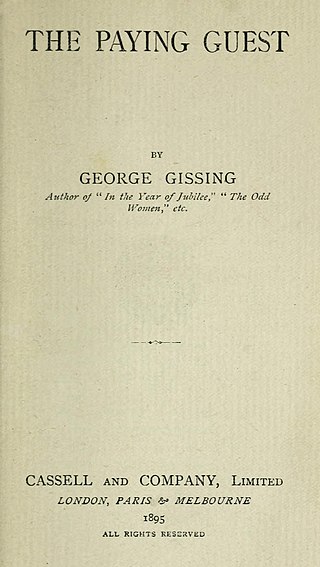
The Paying Guest is a satirical novella by George Gissing, first published in 1895 by Cassell, as part of their Pocket Library series. It recounts the experiences of the Mumfords, a middle-class family who invite a "paying guest" into their home to supplement their income. Written in an unusually comic tone compared with Gissing's earlier works, The Paying Guest was generally received well by critics. Gissing himself, however, was not satisfied with the work.
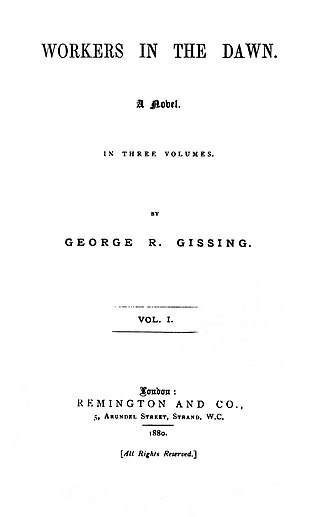
Workers in the Dawn is a novel by George Gissing, which was originally published in three volumes in 1880. It was the first of Gissing's published novels, although he had been working on another prior to this. The work focuses on the unhappy marriage of Arthur Golding, a rising artist from a poor background, and Carrie Mitchell, a prostitute. This plot was partly based on Gissing's negative experiences of marriage to his first wife. It also was designed to serve the function of political polemic, highlighting social issues that Gissing felt strongly about. Reviews of the novel generally recognised some potential in the author, but were critical of Workers in the Dawn. After reading the first known published review in the Athenaeum, Gissing was driven to describe critics as "unprincipled vagabonds".
Algernon Fred Gissing was an English novelist and the younger brother of George Gissing. He wrote 25 novels, two collections of short stories and several pieces of travel writing. He died from heart disease.

The Private Papers of Henry Ryecroft is a semi-fictional autobiographical work by George Gissing in which the author casts himself as the editor of the diary of a deceased acquaintance, selecting essays for posthumous publication. Observing "how suitable many of the reflections were to the month with which they were dated", he explains that he "hit upon the thought of dividing the little book into four chapters, named after the seasons".
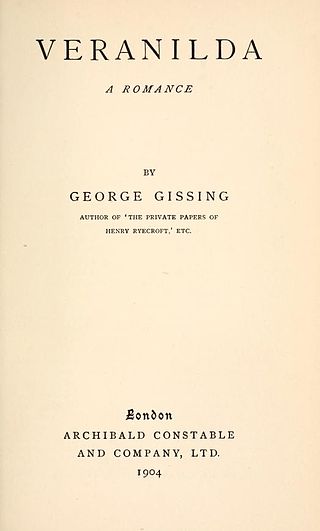
Veranilda: A Romance is a posthumous novel by English author George Gissing. The book was left incomplete at the time of Gissing's death and it was first published in 1904 by Archibald Constable and Company.

In the Year of Jubilee is the thirteenth novel by English author George Gissing. First published in 1894.
The Speaker was a weekly review of politics, literature, science and the arts published in London from 1890 to 1907. A total 895 issues were published.

The Portfolio was a British monthly art magazine published in London from 1870 to 1893. It was founded by Philip Gilbert Hamerton and promoted contemporary printmaking, especially etching, and was important in the British Etching Revival. Early contributors included Joseph Beavington Atkinson (1822–1886), Francis Turner Palgrave (1824–1897) and Sidney Colvin (1845–1927).